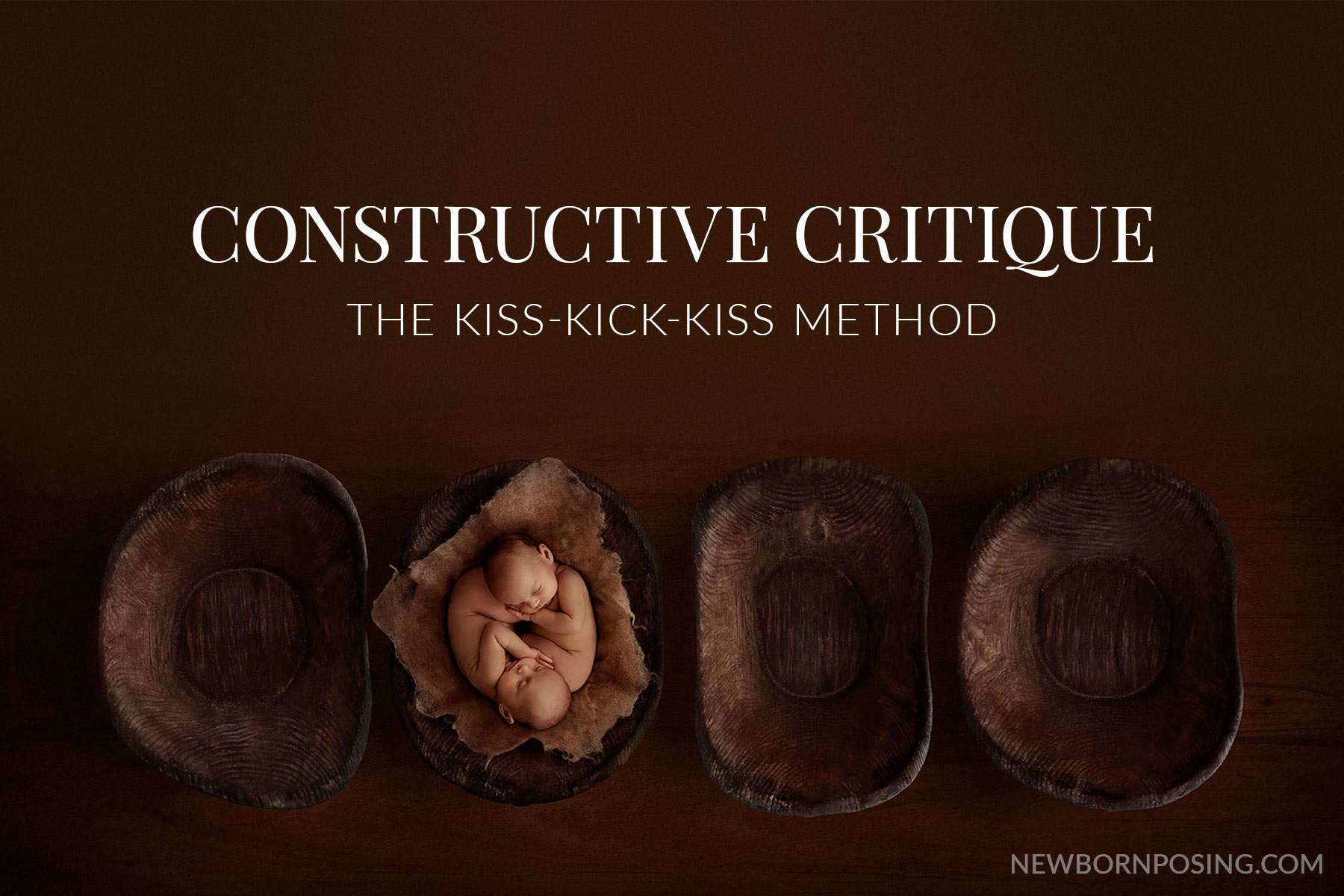What it is, why its important and how to…
What I love the most about our community is that all our members want to help and empower each other, to be better versions of ourselves each day. One of the best ways we can do this is through providing constructive critique for each other, in an attempt to allow the photographer to grown and learn.

Asking for feedback on your work is not easy; its confronting, and we all fear what people think and what they might say. But we know that it’s important to our growth, and it allows us to see our work from another, more learned perspective.
Constructive Critique should always provide useful information on how we can improve and become better.
Let’s break it down…
What is Constructive Critique
The “Constructive” aspect is where you are informing another photographer on tangible ways to improve certain elements of an image.
“Critique” is our opinion of various aspects of an image, based on our own knowledge and skills, of the quality of an image and ways it can be improved.
In essence, we need to provide useful information in a positive format on how to improve and grow. Sharing knowledge on what they could possibly do differently next time to avoid making the same mistakes is what constructive critique is all about.
Why do I Give Critique
Giving critique is often just as valuable to the person providing critique as it is to the photographer. To analyse and have discussion on different aspects of a photograph allows us to learn, and experience photographic art from another perspective. If you get a chance, go to an awards Judging, or have a look at the 2018 RISE International Photography Awards LIVE judging to see how passionate and incredibly excited judges get when they are on a panel.
How I give critique…
How do I provide someone with a constructive critique? I praise, critique then encourage. This is commonly known as the Kiss, Kick, Kiss method.
I first tell them what I like about the image, what grabs my attention and what I find visually appealing. I then tell them what I think needs improvement and how they could improve it. And, finally praise them again and encourage them.
For example – “Your use of textures and tones is lovely, it really complements the prop. However, the direction and intensity of your lighting could be improved. If you move your light further back and to the right elevating it slightly this will soften the light and produce more flattering shadows. Overall your exposure looks great and I personally really enjoy this composition.”
This is one situation where your tone and body language (if in person) plays a crucial role. Written words can be misinterpreted and so your tone needs to be governed by your intention. If you intend to support and provide quality feedback, this will always come through in the tone you use. It should always be positive and non-judgmental. You want the photographer to feel encouraged and ready to go out and try again, not deflated.
If you do offend someone with being insensitive this could be soul destroying and the photographer could become defensive in their response.
My advice? Simply aim to provide constructive critique the same way you would like someone to critique your own work. From a place of respect and encouragement. When the critique is delivered in a way that is a put down or It is belittling, the results are usually harsh, and those giving critique in any form, need to ask themselves why they agreed to the critique in the first instance and where their intent lies.
Honesty is important. I’m not saying you can’t be brutally honest, just make sure you do so with grace and from a place of love and compassion.
Are you a member of my Newborn Posing community? Join now to hear more of my thoughts on providing Constructive Critique, and how it benefits us both as the contributor and the recipient.
to hear more of my thoughts on providing Constructive Critique, and how it benefits us both as the contributor and the recipient.


